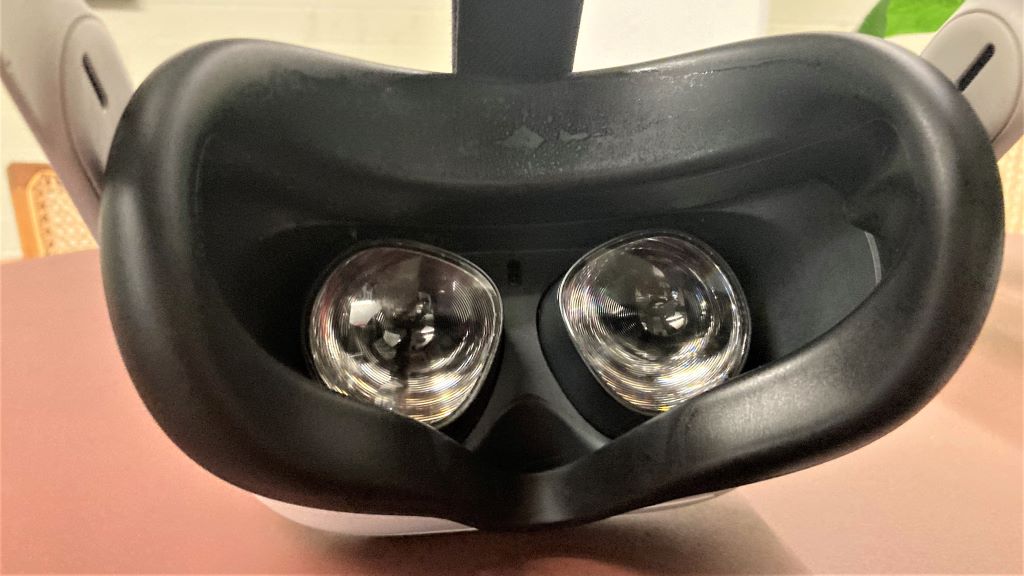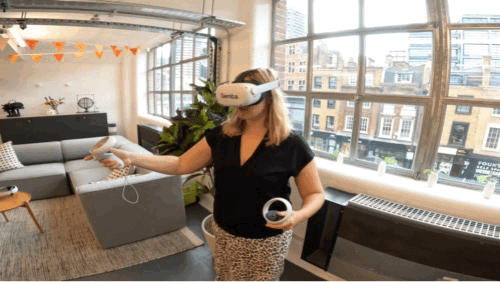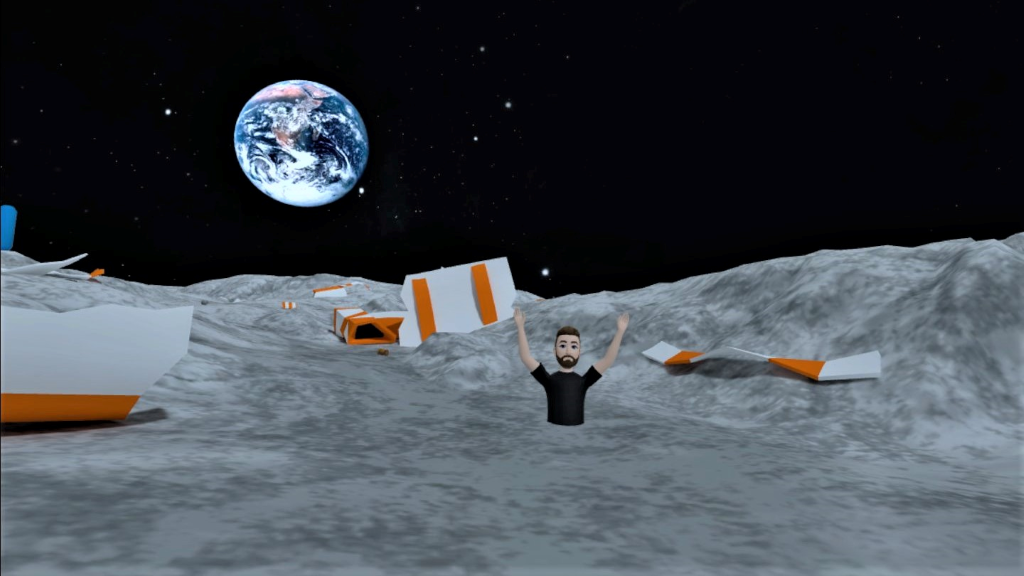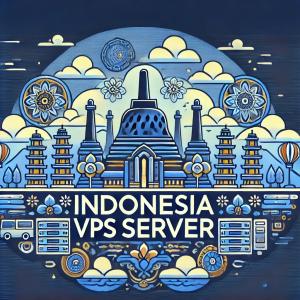
If you were wondering whether virtual reality (VR) can scale up enterprise training and offer an alternative to flying staff and subject matter experts around the world – saving time, money, and reducing environmental costs – then wonder no more. Earlier this year, UK headquartered Gemba raised $18 million in Series A funding, led by US venture capital (VC) firm Parkway. The investment shines a light on how enterprise training is developing, thanks to a combination of technology and software, and underscores the growth potential of VR-as-a-service.
Parkway Venture Capital has a strong track record in picking technologies and services capable of transforming markets. Previous investments made by the US VC firm include Mobileye, an automotive camera-vision expert, What3words, a location start-up, and Coursera, an online education company – to list just few examples.
Gemba walks in the virtual world
Gemba’s value proposition is the delivery of masterclasses covering topics such as agile methodologies and lean manufacturing approaches that allow senior staff to learn from world-leading industry experts. And, since 2017, Gemba has been running those classes – which bring together tutors with around 25 attendees per course – in virtual reality.
Gemba takes its name from the Japanese word for ‘real place’. In a business setting, this refers to where value is created, and so-called gemba walks are a popular way of optimizing production efficiency. Rather than poring over reports for insights, the purpose of a gemba walk is to see the actual processes in operation, ask questions, and learn from operators who are doing things well.
The approach is an extremely popular way of reducing waste during manufacturing. One of its biggest champions is Toyota, and the industrial giant was an early partner of Gemba’s masterclasses – first with real-world training and now using VR-as-a-service.
Peering into the virtual world: VR-as-a-service is delivered using a custom application running on Meta’s Quest 2 headset, with great results. Users receive brand new equipment pre-loaded with the necessary software, and the tools get used often – as the wear on this demo setup shows.
Today, staff from more than 700 companies across the world have put on virtual reality headsets and joined enterprise training sessions examining how organizations deliver operational excellence. Clients include big names such as Bentley, Aptiv, Volvo, Addidas, Nike, AstraZeneca, and many others. And the strong automotive presence points to how large global manufacturing firms with 10,000 plus employees are looking to speed up the adoption of best practice to remain competitive.
Nathan Robinson, Gemba co-founder and CEO, told TechHQ that it can take large companies two years to spread the word on operational improvements from the c-suite to the shop floor. And for automotive firms in particular – which are grappling with how to blend lean manufacturing excellence with agile software development, as cars become more like computers on wheels – that’s too long to wait.
Speeding up business transformation
Robinson has been involved with executive training for more than a decade, and while the benefits of in-person meetups were clear to see, so were the limitations for organizations with thousands of employees. The question became how could he and his team use technology to scale the classroom and practically train 10,000 people to act and work in a specific way – so that businesses could transform more quickly.
Online learning management systems are scalable, but can struggle to remain memorable. Robinson’s clients wanted a training solution that was as effective as the in-person masterclasses and allowed staff to learn capably, putting attendees ahead of their competition. And the solution, which debuted in 2017, was to build a masterclass platform in virtual reality.
The next step, which is being supported by the recent Series A investment, is to roll out an enterprise subscription VR-as-a-service. The development will enable VPs and other masterclass attendees to communicate all of the lessons learned from those sessions, more efficiently to thousands of staff across large organizations.
Gemba plans to increase its presence in territories such as the US so that its agents can be available in the same time zones to answer setup questions and offer advice to help in-house experts train employees in a virtual reality world.
What does VR-as-a-service look and feel like?
To put the Gemba training platform to the test – it’s difficult to write credibly about VR unless you’ve tried it – this author traveled to Gemba’s London HQ for a demo. The software currently runs on Meta’s Quest 2 VR headset, which is perfectly capable of delivering the various training environments and has the advantage of being standalone.

Tech demo: Gemba’s Sophie Bognaux is an expert in helping clients maximize their training opportunities using the firm’s custom VR-as-a-service platform.
Users don’t need to plug the unit into a computer or use external tracking cameras; they simply turn on the headset and get started by drawing a boundary that marks, virtually, an area that’s clear of obstructions in the real world. This ‘guardian zone’ appears in the headset as a digital grid, which turns red if you get close to actual objects in the room, to help avoid any bumps and scrapes.
Communicating virtually in the various auditoriums, breakout rooms, workshop exercises, at a digital whiteboard, and watching slide decks, you feel as close to other attendees as you would in the real world. And there many fresh approaches that can be applied in a virtual 3D world, such as being able to place post-it notes in mid-air and building things above your head.
You quickly realize the new possibilities that virtual reality opens up and how it recreates the memorable learning experience of in-person events, which includes teaming up to solve problems. According to Gemba, knowledge retention is much higher when content is delivered using VR-as-a-service compared with regular online training.

Rescue mission: can you use a VR-as-a-service enterprise training environment to help a tech writer survive on the moon? Yes you can.
Bizarrely, you can feel your real legs wanting to move as your avatar (users get to customize their own appearance) goes up and down steps. If you walk into an object virtually, your body tenses physically, expecting a collision. It feels like more neurons are firing when experiences are rendered in VR compared with sitting in front of a laptop or another 2D display.
Gemba’s VR environment includes a factory, where trainees can walk around and identify waste and inefficient production operations. And it’s just one example of how VR-as-a-service can be tailored to enterprise needs. “It puts a new perspective on best practice,” said Robinson.
https://techhq.com/2023/09/vr-as-a-service-scales-enterprise-training/






